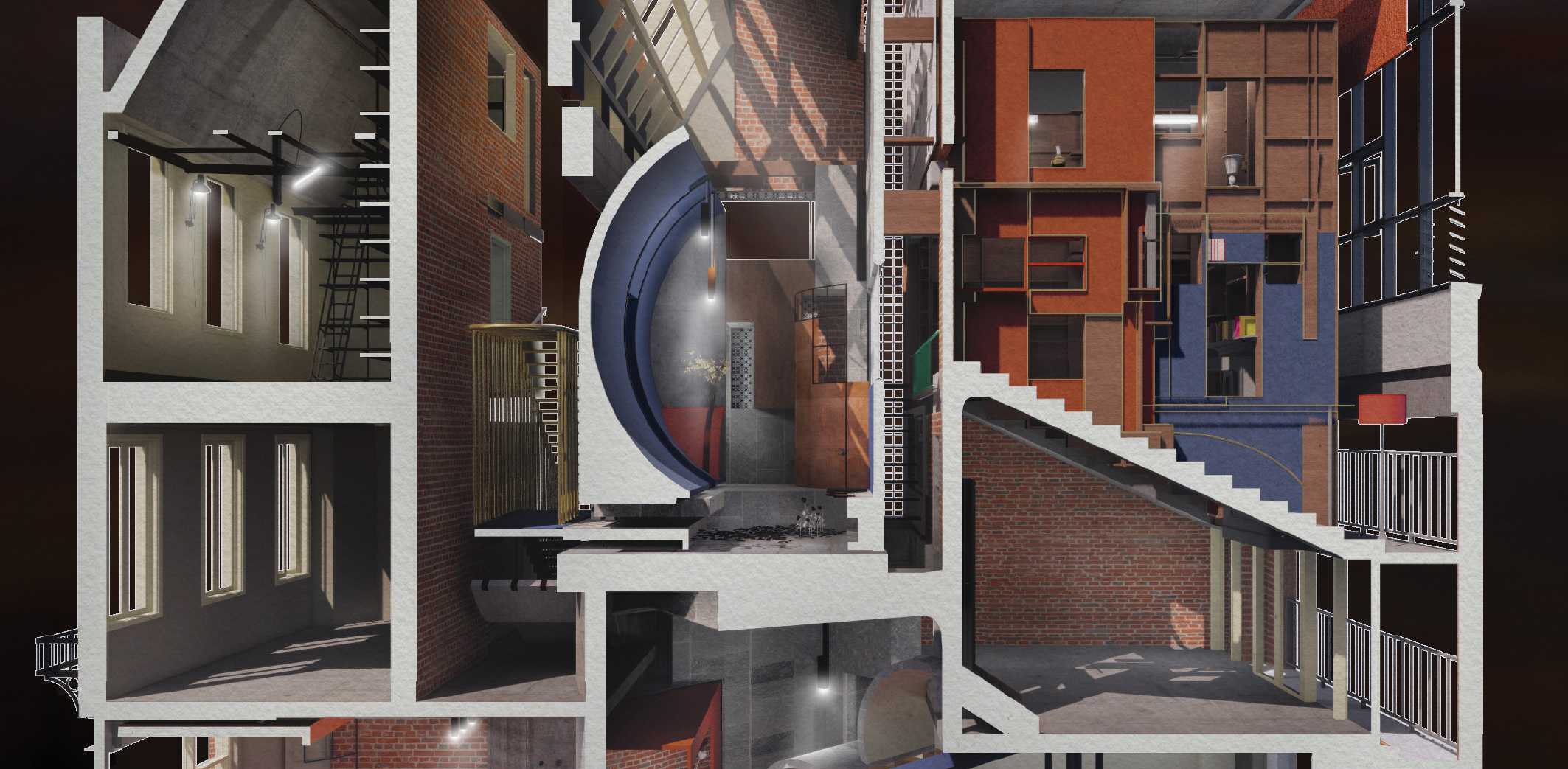Lior Schnabel is a Co-Managing Partner at Precise, a company that provides financial management and control services for architectural and engineering firms across the USA and Europe.
Most Architectural and Engineering firms post hours and measure projects’ profit and loss accordingly. However, many firms do NOT track billable hours and utilization on a real time basis. As a result, not only are their profitability measurements off, but important information about the efficiency of the firm is often missed.
How many billable hours should we expect from our staff?
Billable hours are the hours that are spent on payable projects.
Utilization is the percentage of billable hours compared to the total number of hours.
Based on the statistics of the 450 Architecture and Engineering firms we work with in the US and Europe, we’ve found that the average annual number of billable hours per professional employee is between 1, 600 and 1, 900 hours. For example, in the US, there are more billable hours per employee than London and Paris because of regional labor laws.
What happens when we wind up with fewer billable hours than expected?
Let’s answer this question by way of example.
Let’s say we have an employee, “Joe”, whose annual cost is $144, 000 (including overhead but not profit). Assuming Joe works annually 1,800 billable hours, his hourly cost will be $80/hour.
If Joe works 1, 000 hours (cost of $80, 000) on a particular project, for which the firm received $90, 000, the profit for the project is obviously $10, 000.
But, if Joe works 1, 500 total annual billable hours, instead of 1, 800, his actual hourly cost jumps from $80 to $96, and now the project is showing a loss of $6, 000 instead!
Remember: At the end of the day, the firm’s payable projects must cover the firm’s cost and profit. Therefore, when we measure profitability, we should use the actual billable hours.
Low utilization/billable hours point to efficiency problems
Low utilization and billable hours tend to indicate one of the following efficiency issues:
1. Inefficiency at work
Billable employees should spend the majority of their time on billable projects. However, occasionally billable employees will spend a lot of time on administration (i.e., non-billable hours). We once discovered that a billable employee was spending 30 hour a month on scanning documents, which obviously shouldn’t have happened!
In such cases, we need to better define the job description of the employee and make sure that the administrative work is being handled by the administrative staff.
2. Structural issues
Principals and associates often find themselves with more non-billable hours than other billable employees, since they spend more time on proposals and management. From our experience, if a firm’s utilization is less than 85%, we need to look into the firm’s structure. There are cases where everyone is so busy managing, that no one has any time to do the work.
3. Decrease in the volume of work and imbalance between teams
One of the initial indications of a drop in the workload will be a decrease in billable hours and utilization. Usually, it will appear in one or two teams, which probably means that this team is not as busy as the other teams and should either get more projects or transfer staff to the other teams.
If it happens across the board, then obviously the problem is firm-wide, and we will need to take other actions. While low utilization is not the only sign for a low workload, it’s still an early indicator that can support your decision-making moving forward.
4. Improper timesheet practices
Sometimes, it’s just a matter of not posting the timesheets properly. This shouldn’t be taken lightly. Improper timesheet reporting prevents you from recognizing the issues cited above. Not posting the hours accurately often indicates a lack of attention to efficiency and profitability. If you are not measuring your projects profitability accurately, you probably have some efficiency issues.
Summary
By implementing processes to increase their billable hours and utilization number, many firms that used to have low utilization and billable hours have improved their financial performance and profitability. Architectural and Engineering firms that can accurately measure their profitability, while meeting their billable hours and utilization objectives, make more money.
Architects: Want to have your work featured on Architizer? Upload your projects to be considered for an editorial feature! Don’t forget to sign up for our inspirational newsletter.









